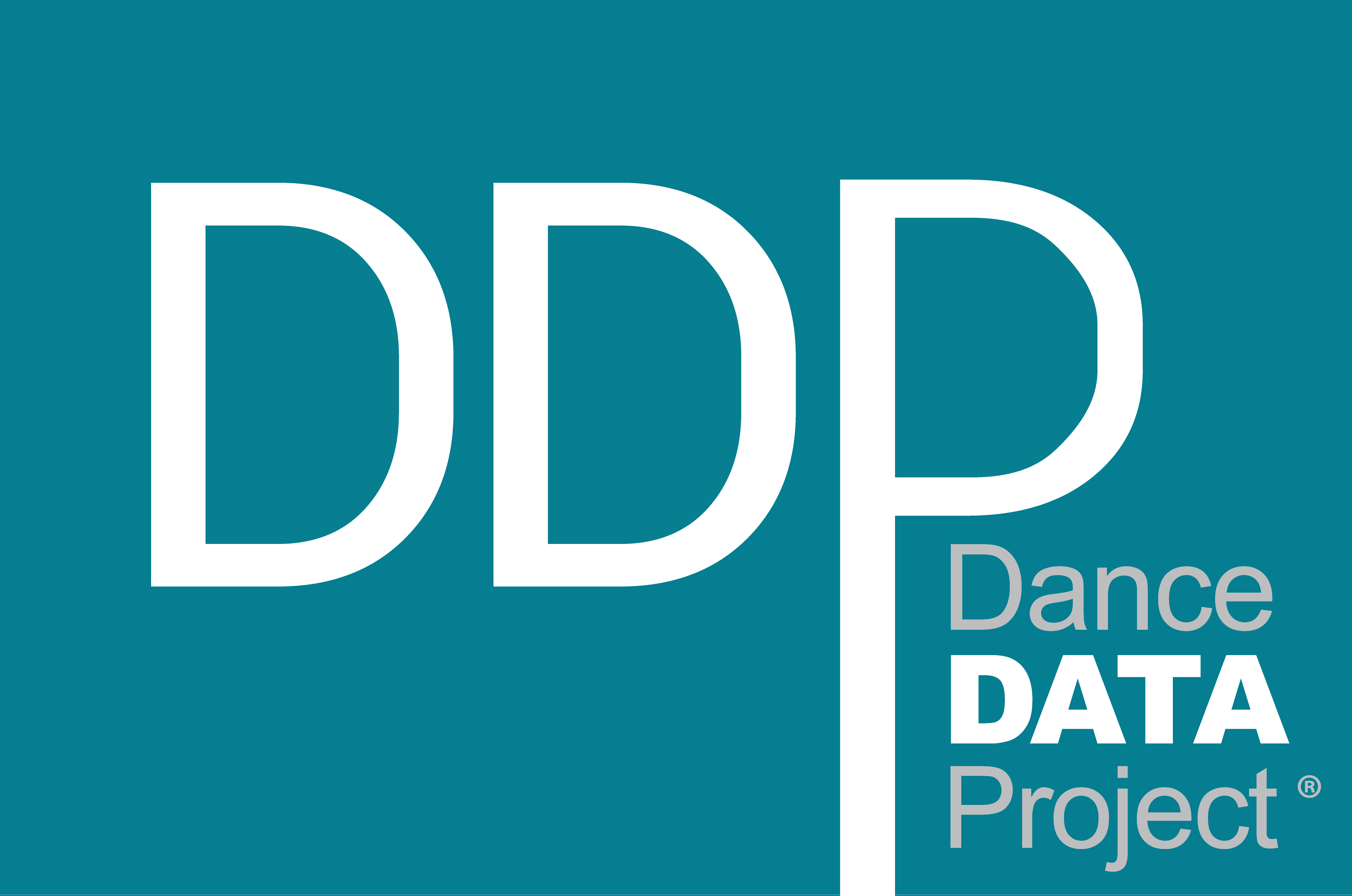Dance Magazine: What Intimacy Coordinators Could Bring to How Love and Sex Are Portrayed in Dance
"The Devil Ties My Tongue" by Amy Seiwert performed for the SKETCH Series, 2013. Photo by David DeSilva. Courtesy of Amy Seiwert's Imagery
April 30th: South Arts: Professional Development & Artistic Planning Grants, April 30th: South Arts: Express Grants, May 6th: Doris Duke Foundation Grant, May 7th: South Arts Individual Artist Career Opportunity Grant, May 27th: Dancemakers Residency, June 1st: Miami DanceMakers
×
"The Devil Ties My Tongue" by Amy Seiwert performed for the SKETCH Series, 2013. Photo by David DeSilva. Courtesy of Amy Seiwert's Imagery
By Zachary Whittenburg
16 September 2020
In October 2018, HBO made news with an announcement that it would engage specialists to ensure sex scenes in every movie and series it produced were handled safely and professionally. Some characterized the network’s new policy as a move to stem the tide of #MeToo allegations in entertainment, proof themselves that the industry had failed to self-regulate.
In the two years since, intimacy coordinators have become increasingly present behind the camera; performers have grown more comfortable stipulating they be hired proactively, too.
The circumstances that require intimacy coordination on set—called “intimacy direction” in live theater—tend to be self-evident. “We’re talking about any instance of nudity, simulated sex or deep physical intimacy,” says Claire Warden, creative team member at leading industry group Intimacy Directors and Coordinators.
Dance, however, is an art form that frequently involves the kind of bodily contact that, in a nondance context, would be watched extremely closely, perhaps nervously. “Deep physical intimacy” is simply the dancer’s stock-in-trade.
Despite—or perhaps because of—the fact that dancers are often nearly as comfortable with other bodies as they are with their own, it’s important to make and maintain space for honesty about personal limits and power dynamics.
“Because so much of dance is touch-based, our boundaries are really muddy,” says Sarah Lozoff, certified by IDC and resident intimacy director at both the Oregon Shakespeare Festival and RudduR Dance (to Lozoff’s knowledge the first dance-centered organization to create and fill such a role). “We explore and experiment with each other in the studio, and then maybe we change in front of each other in the dressing room, and then we hug each other goodbye.”
“In dance, there’s this implicit devotion to give your body to this form and to the teachers and mentors and choreographers who are then going to direct it and mold it and shape it,” says choreographer Faye Driscoll, who acknowledges how attractive that sense of surrender can be. “There’s an underpinning of, ‘My body isn’t just for me. My body is for this vision, this work, this thing,’ and that’s something I was very much drawn to as a dancer.”
Read the full Dance Magazine article here.
Reach out to us to learn more about our mission.
"The Devil Ties My Tongue" by Amy Seiwert performed for the SKETCH Series, 2013. Photo by David DeSilva. Courtesy of Amy Seiwert's Imagery

 San Francisco Classical Voice: Ballet’s New Mandate: Change or Die
San Francisco Classical Voice: Ballet’s New Mandate: Change or Die
Leave a Reply
Want to join the discussion?Feel free to contribute!